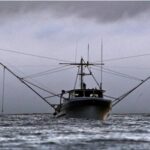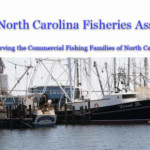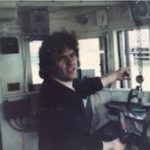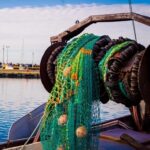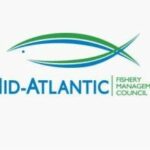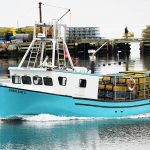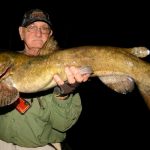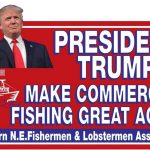Tag Archives: fish traps
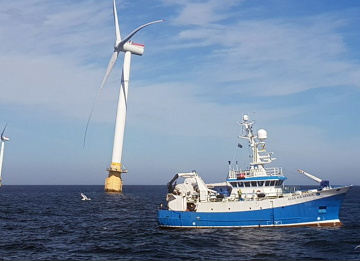
Equinor to trial safe fishing with floating offshore wind farm at Hywind Scotland. No Dragging, though.
Hywind Scotland’s operator Equinor and Scottish government agency Marine Scotland will work together to better understand how fishers can safely operate around and within floating offshore wind farms. In a survey scheduled for 2022, Marine Scotland will test three kinds of fishing gear: creels, fish traps and jigging lines at Hywind Scotland.,, California dreaming – Elsewhere in floating offshore wind, BOEM has decided to determine industry interest in developing offshore wind at two sites in a 1,033km2 area off central California,,, >click to read< 22:05
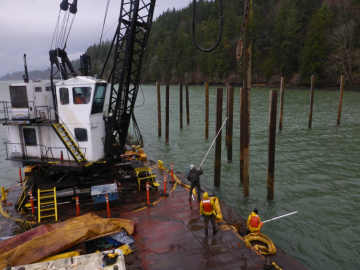
Current fishery situation is not sustainable – Kent Martin
I feel compelled to comment on the article in the Eagle (12/21/17) from the Columbia Basin Bulletin, “Group Tests Fish Trap above Cathlamet.” I attended the Wild Fish Conservancy presentation to the Washington Fish and Wildlife Commission and noted several inaccuracies, and the CBB added a few more. 1. Fish traps were never the “massive” harvest technology on the Columbia. They were outlawed in 1936 in Washington and 1948 in Oregon because many, if not most, were vertically integrated with the fish packers, and were being used to manipulate fish prices. I confronted one of the Wild Fish Conservancy people on this, and he admitted this was the case.,,, click here to read the story 10:43
Fish traps of past may help future of Columbia salmon
 The once-outlawed commercial fishing technique has been generating fresh interest in the face of declining wild salmon runs and might offer a less lethal way of handling wild salmon while harvesting hatchery fish for the consumer. Fish traps were once used broadly in the Northwest during the early part of the last century to harvest salmon for the canneries, but they were eventually outlawed because they caught too many fish.,, Jim Wells is a member of the lower Columbia River gill-net fleet, and after the conservation group published its findings on the traps he did a little bit of research. Using the catch data from the trap, he figured just how many sell-able fish they had caught during this last season. click here to read the story 14:52
The once-outlawed commercial fishing technique has been generating fresh interest in the face of declining wild salmon runs and might offer a less lethal way of handling wild salmon while harvesting hatchery fish for the consumer. Fish traps were once used broadly in the Northwest during the early part of the last century to harvest salmon for the canneries, but they were eventually outlawed because they caught too many fish.,, Jim Wells is a member of the lower Columbia River gill-net fleet, and after the conservation group published its findings on the traps he did a little bit of research. Using the catch data from the trap, he figured just how many sell-able fish they had caught during this last season. click here to read the story 14:52
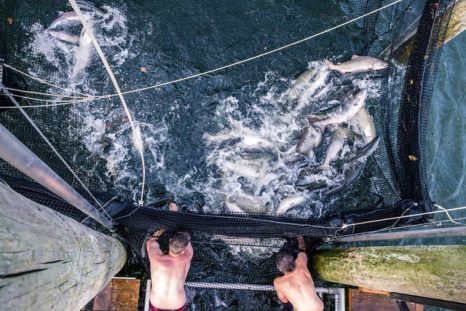
Fish traps for Columbia River salmon get another look
More than eight decades after their demise, fish traps are getting a fresh look from researchers convinced they offer a more sustainable way to catch Columbia River salmon. These traps are formed by nets attached to pilings that gently guide the fish into a kind of underwater corral. Wild fish protected under the federal Endangered Species Act can be released to resume their upstream journey, while their more abundant hatchery brethren are sent to the processors. These traps are formed by nets attached to pilings that gently guide the fish into a kind of underwater corral. Wild fish protected under the federal Endangered Species Act can be released to resume their upstream journey, while their more abundant hatchery brethren are sent to the processors. click here to read the story 12:55
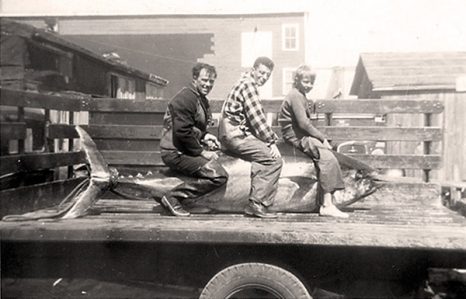
A Look Back At Cape Cod’s Fish Traps
My father was a commercial tuna fisherman in the 1940s and 50s, when the predominant way to catch tuna in New England waters was using weirs, or “fish traps.” Weir fishermen rely on nets and nature to make their catches. These weirs consist of long poles driven into the ocean floor, with nets strung from them. A long, straight line of poles and nets running in an offshore direction from shallower water toward deeper water would create a barrier, and at the deepest point of this barrier, there would be a heart-shaped chamber with a purse seine strung from it. The fish would swim along the coast until they were blocked by the trap. Their natural instinct to swim toward deeper water would bring them into the heart of the net. Once there, they would get disoriented and, unable to find an exit, be trapped until the fishermen returned to harvest them. More images, read the story here 10:33


































